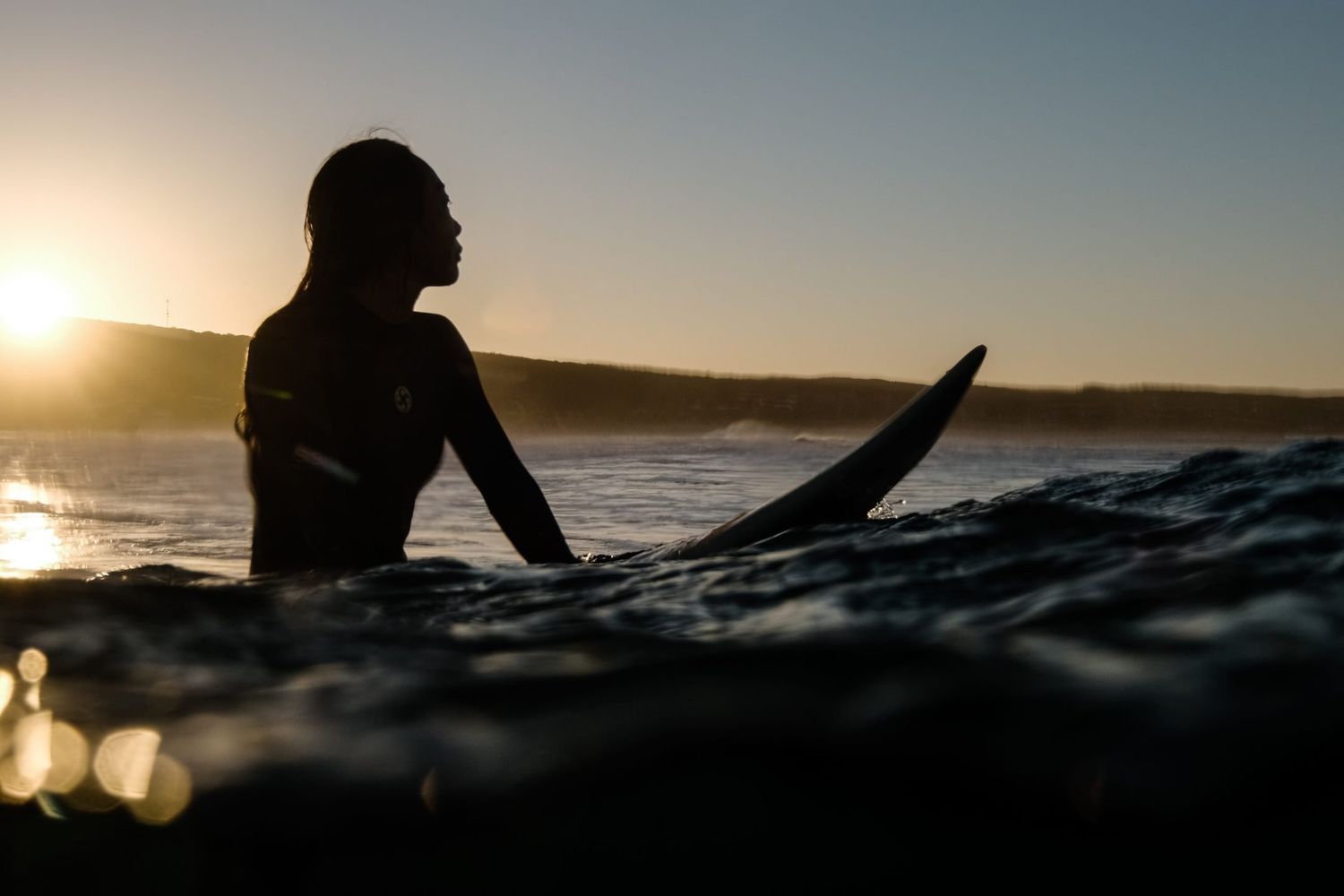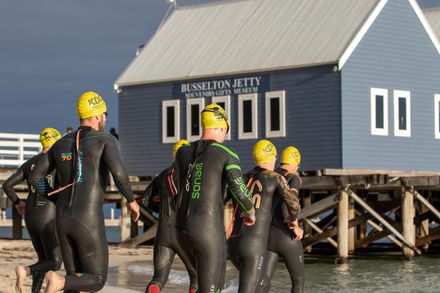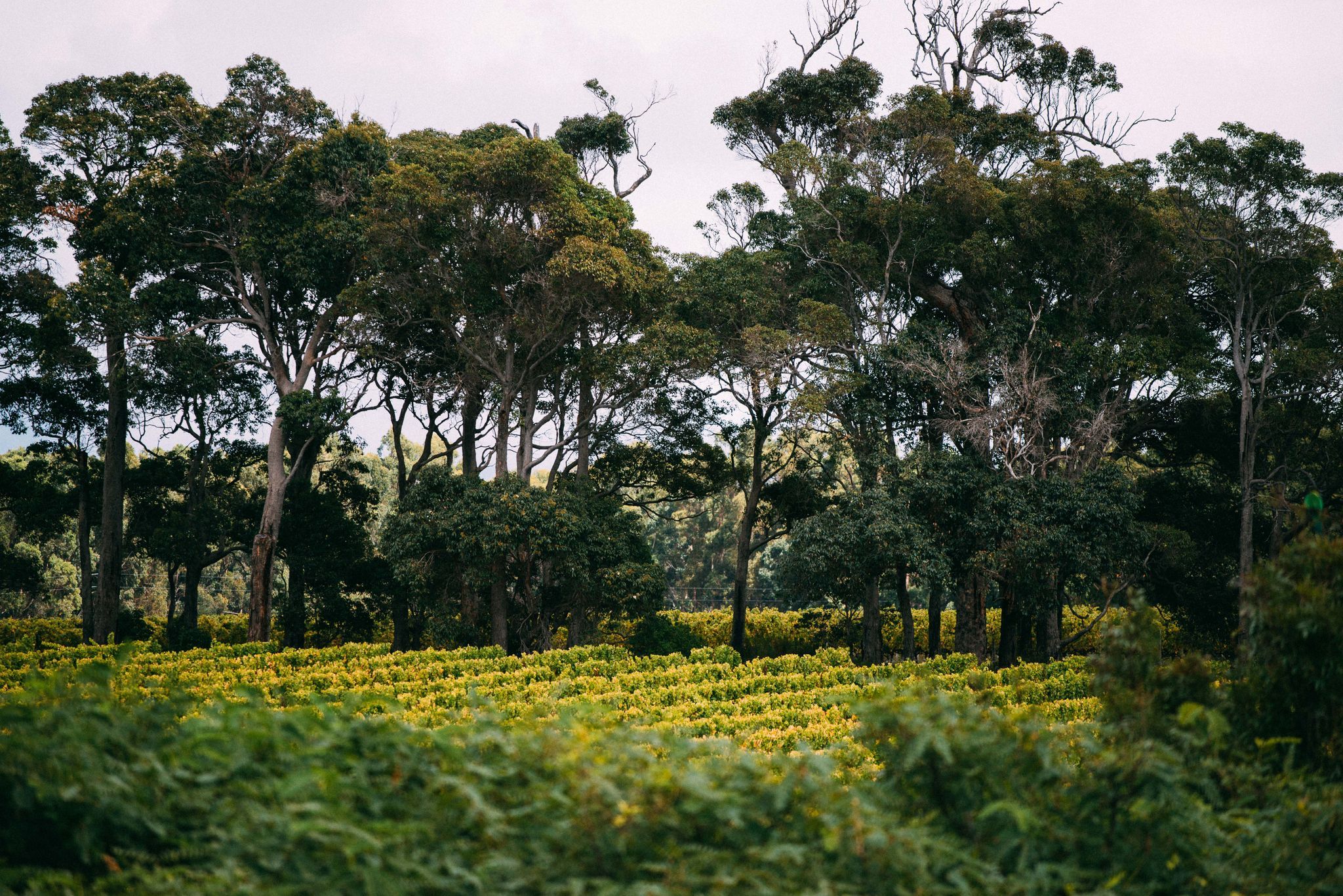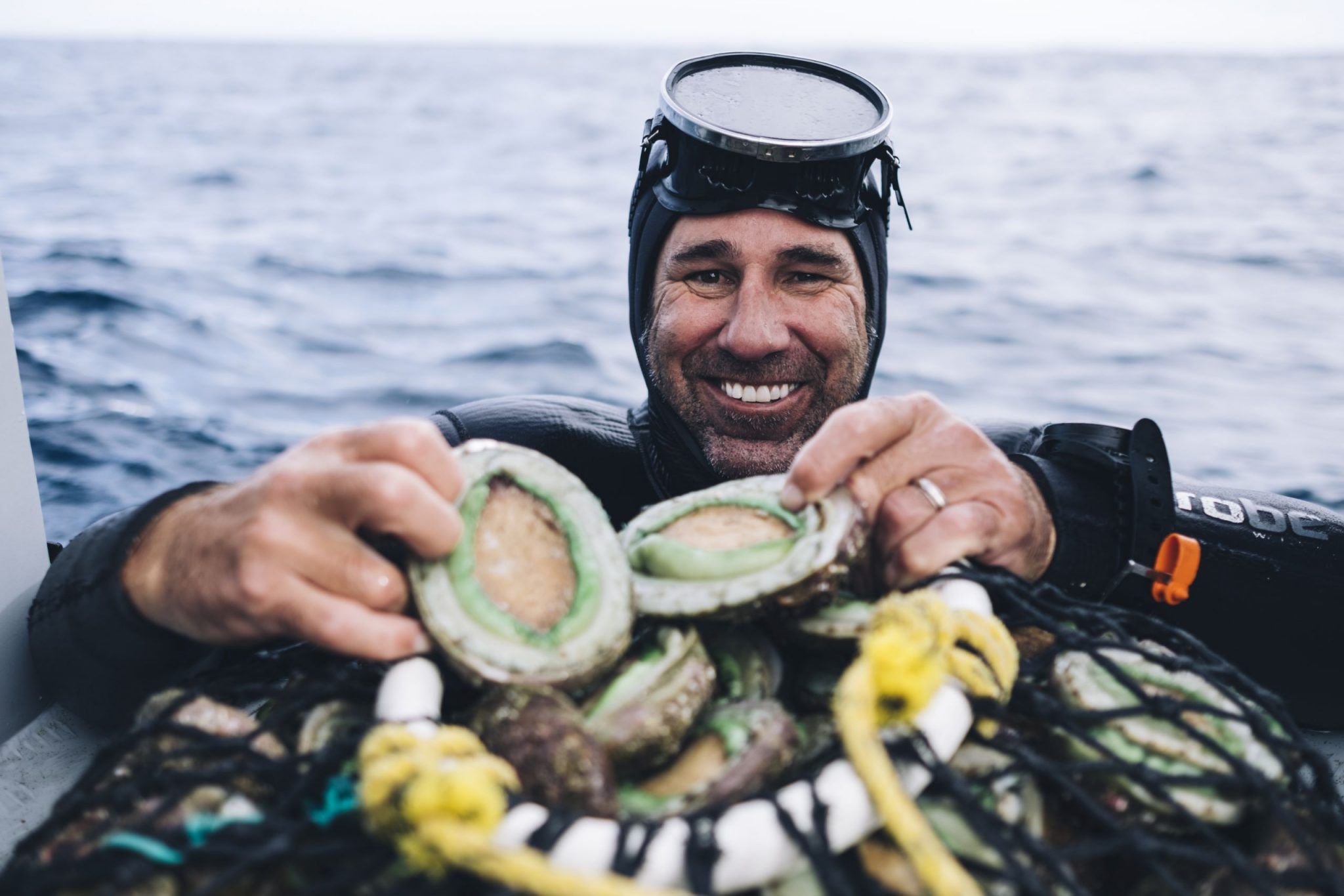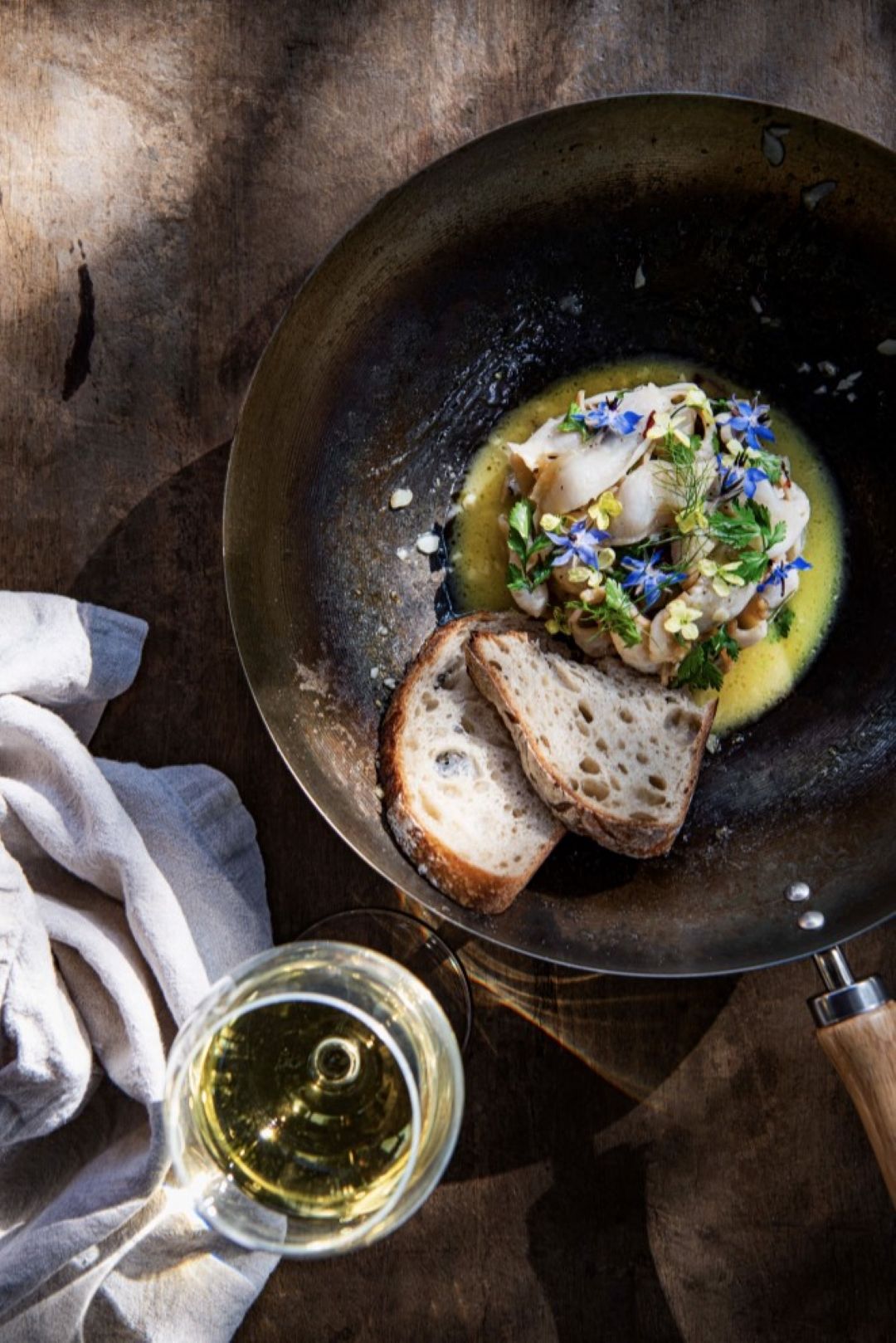There are a number of affiliated sensory pleasures to be found when tasting wine that come from such a unique environment. Tasting the varietal in the right location where it was made, breathing in its smells and feeling the texture of the sea air and loamy soils can all help to engage every sense to high alertness and improve the experience. It’s something that cellar door teams are now experimenting with, and winery tours have taken on an almost tactile physicality – with visitors touring farms, taking nature walks along the Cape to Cape coastal track, or stepping into the barrel room to experience the sights, smells and tastes of the vintages.
A new video highlights the coastal elements and sensory pleasures of Margaret River wine and if you can’t get to the region right this minute, then consider it a virtual tasting of sorts to engage your palette at multiple levels. You’ll just need a computer or smart phone with the sound switched on, a glass of Margaret River wine, and your senses fired up and ready to go.
